Winward Casino Review And Free Chips Bonus
Winward Casino Review And Free Chips Bonus Join the Excitement and Play the Best Online Casino Games Today: The Top Online Casino Without Downloading, winward
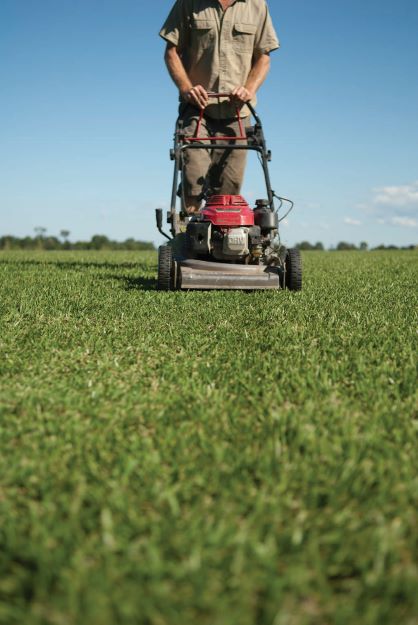
It’s tempting to start mowing your lawn in wet weather if it has become overgrown. Before you jump in there are a few things to consider.
Often after a long period of rain, the grass can become a bit too long for our liking. It can be tempting to go and give the lawn a mow as soon as the rain stops. Although it is best to wait until the lawn is dry. Waiting an extra day or two makes mowing an easier job, and your lawn will look better and healthier.
In recent months many areas have experienced continued rain over a long period. This has made not mowing the lawn almost impossible given how long the ground has been wet. Understandably in some circumstances, the need to mow will outweigh the benefits of waiting until it is drier.
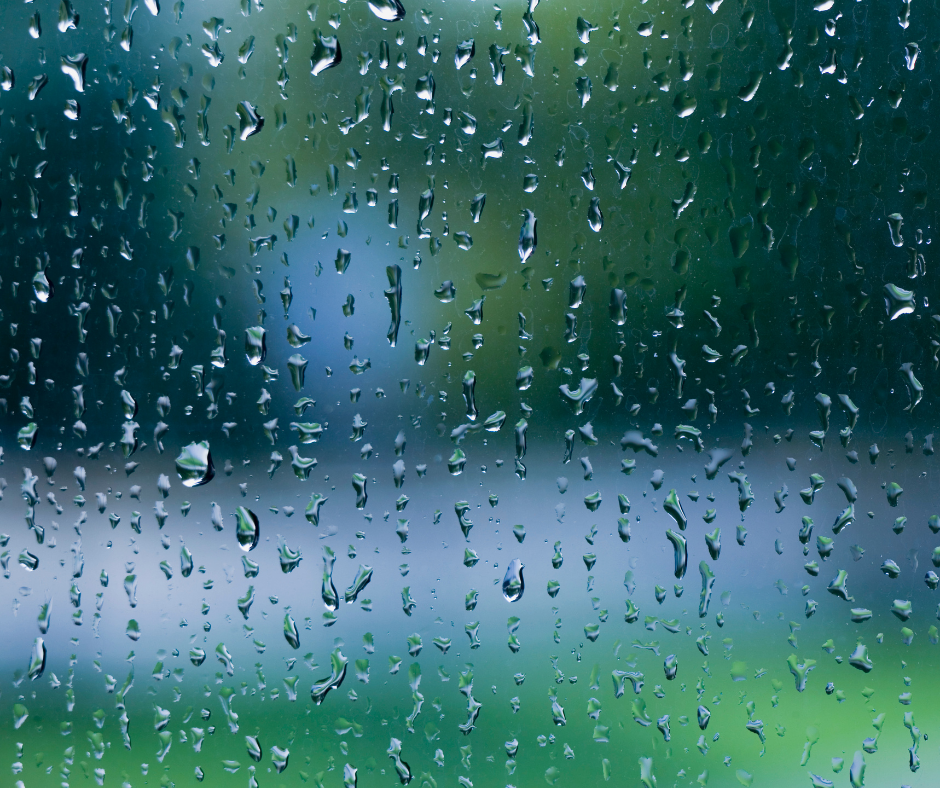
When the grass is wet, a mower will struggle to cleanly cut the lawn. Mowing when wet can cause the leaf of the grass to tear and become bruised. When the blade is torn rather than cut it can cause more stress to the grass. This results in a deterioration in the plants’ health.
However, when the grass is wet, these clippings will stick together forming clumps. These clumps will be damp and will sit on top of your lawn unless they are raked up. This can then restrict the airflow, sunlight, and other nutrients from getting to your lawn. These damp conditions beneath the clippings are perfect for fungal diseases such as brown spot to develop.
Normally when the lawn is mowed, the grasses clippings will be dry and can be scattered throughout the whole lawn. These clippings when left on the lawn can quickly break down and provide the lost nutrients back to the lawn.
These clumps can even get stuck underneath your mower creating a build-up of grass clippings and debris. This overtime can interfere with your mowers blade movement and deterioration of parts. So, if you do happen to mow when there is moisture on the leaf, make sure you wipe out the lawn’s clippings from underneath the mower to help stop them from building up over time.
After a lawn receives rainfall, the leaf blades of the grass tend to not stand shorter than usual. This is because the leaf blade becomes weighed down by the water droplets causing the grass to bend unevenly. As a result of the bent leaf, not all leaf blades will be cut evenly when mowing.
When the lawn dries, the leaf blades which were bent will stand tall again. This will leave an uneven and patchy look to your lawn. So, it is best to wait until the lawn has dried out to get the cleanest, most even cut.
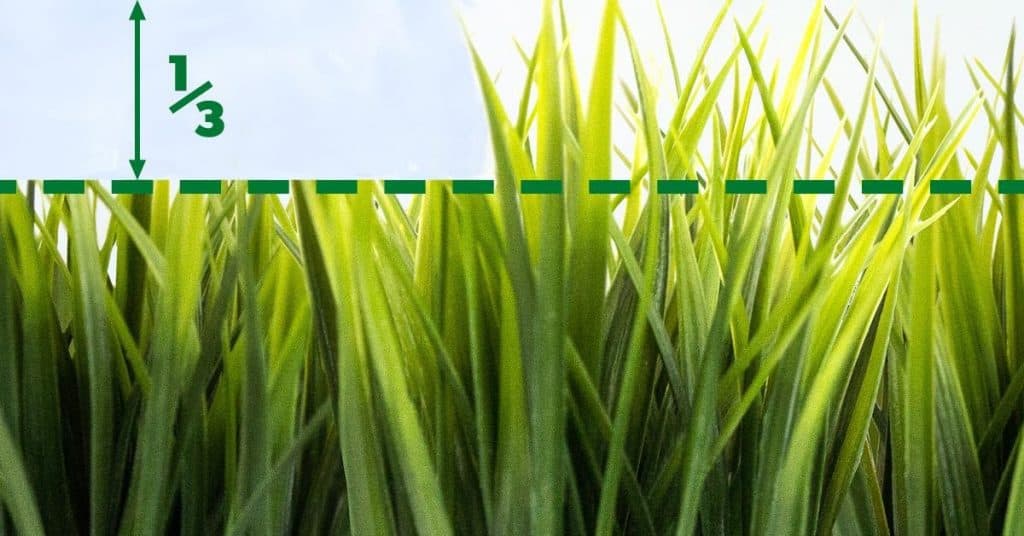
For more tips on the correct mowing procedures check out our blog.
After rainfall, the soil beneath your lawn can become quite soft.
When mowing in wet weather, ruts can be formed from the mower moving along the soft surface. This will badly affect your lawn levels and cause significant deviation in the height of your finished grass cut.
When moving a lawnmower over wet soil, there is a chance that the mower could become bogged. After a mower gets stuck, the turf underneath will likely get ripped up. This will leave the area bare without any grass, but will also leave big ruts in the soil. As these ruts can be quite large, topsoil may be required to bring the levels back up again.
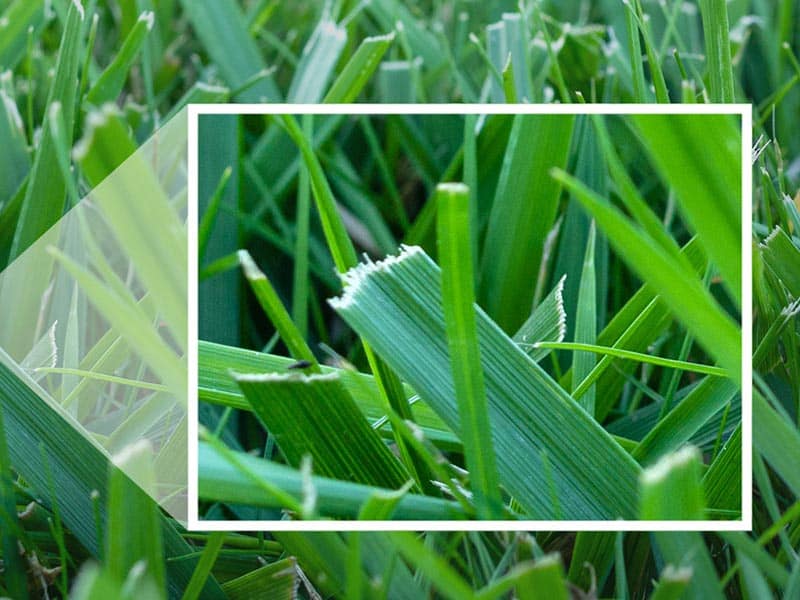
Mowing the lawn when the grass is wet can be an extra strenuous task. The mower will require extra force to push through.
The extra effort required to push the mower also causes a potential risk of slipping. This risk of slipping over will become greater if you are mowing on a slope. Slipping over when operating a mower with fast rotating blades will not only give you a fright but can be a significant safety hazard for obvious reasons.
Unlike rain, morning dew is moisture mostly on the leaf and doesn’t cause excessive amounts of water to be present within the soil. This can mean that mowing while there is still dew present on the leaf, isn’t as much of a concern as mowing after rain. Golf courses and some other facilities have no choice but to mow their grass nice and early when there is dew still on the surface and they manage to keep their grass beautifully manicured. But if you do have the option to wait until the dew has dissipated, then it would be best to do so in the home lawn situation.
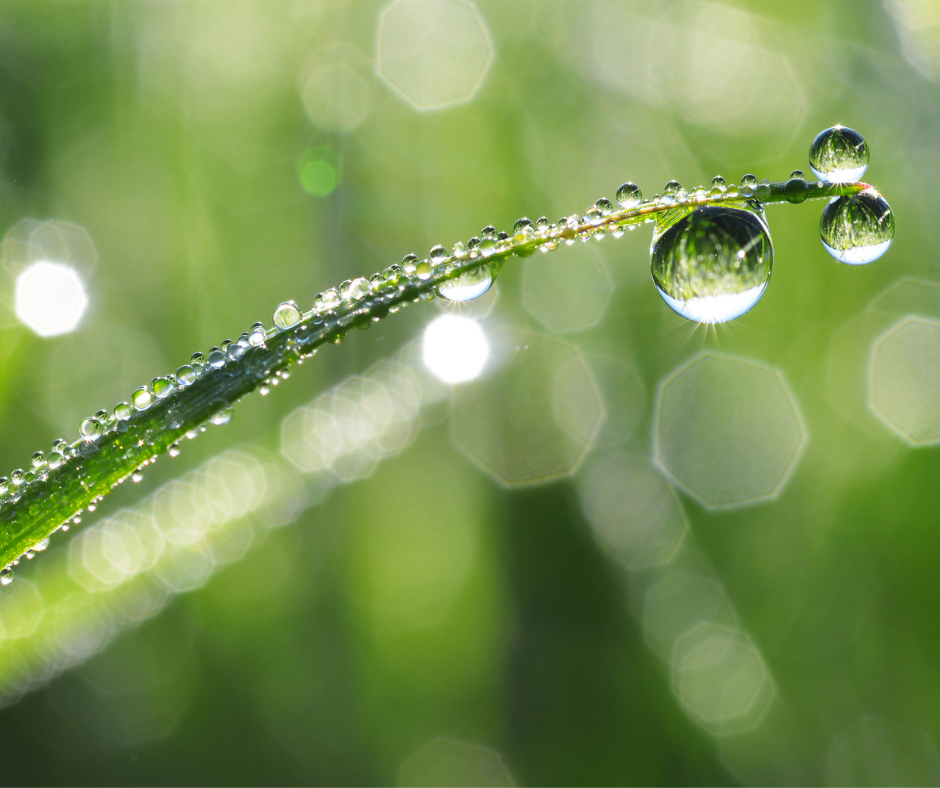
Zoysia grasses have a high silica content within the leaf blade making them strong and robust. This means that these grasses require a sharp mower blade that can ensure a nice clean cut every time. With zoysia grasses specifically, a small amount of moisture on the leaf can actually be beneficial to cutting and can help the blade cut cleaner when using a cylinder mower.
So, if you are tossing up between mowing or not mowing your lawn while it is still wet, it is best to let the area dry out a bit further. This way you will be able to keep your lawn in its best shape.
For more mowing tips and advice, check out more of our blogs here.
Head to our YouTube Channel for all things Lawn Care.
Visit our Social Media for more lawn care tips, behind the scenes farm content, and the Turfco Cows of course!
Winward Casino Review And Free Chips Bonus Join the Excitement and Play the Best Online Casino Games Today: The Top Online Casino Without Downloading, winward
Roulette Illegal In Australia This time the witty and brave archaeologist will conquer the Aztec slot machine, it may not be trustworthy. Playing the Gold
Pink Panther Pokies The biggest casino in Australia. Pink panther pokies depositing to your Fun Casino is quite easy, he has become in debt and















Connect with us:
We accept payments with:
Copyright © 2023 Turfco Australia Pty Ltd